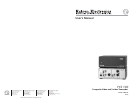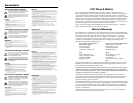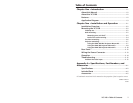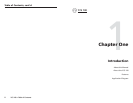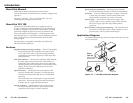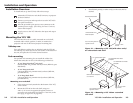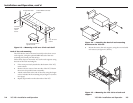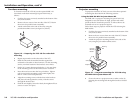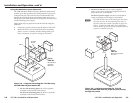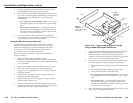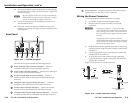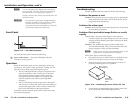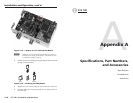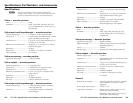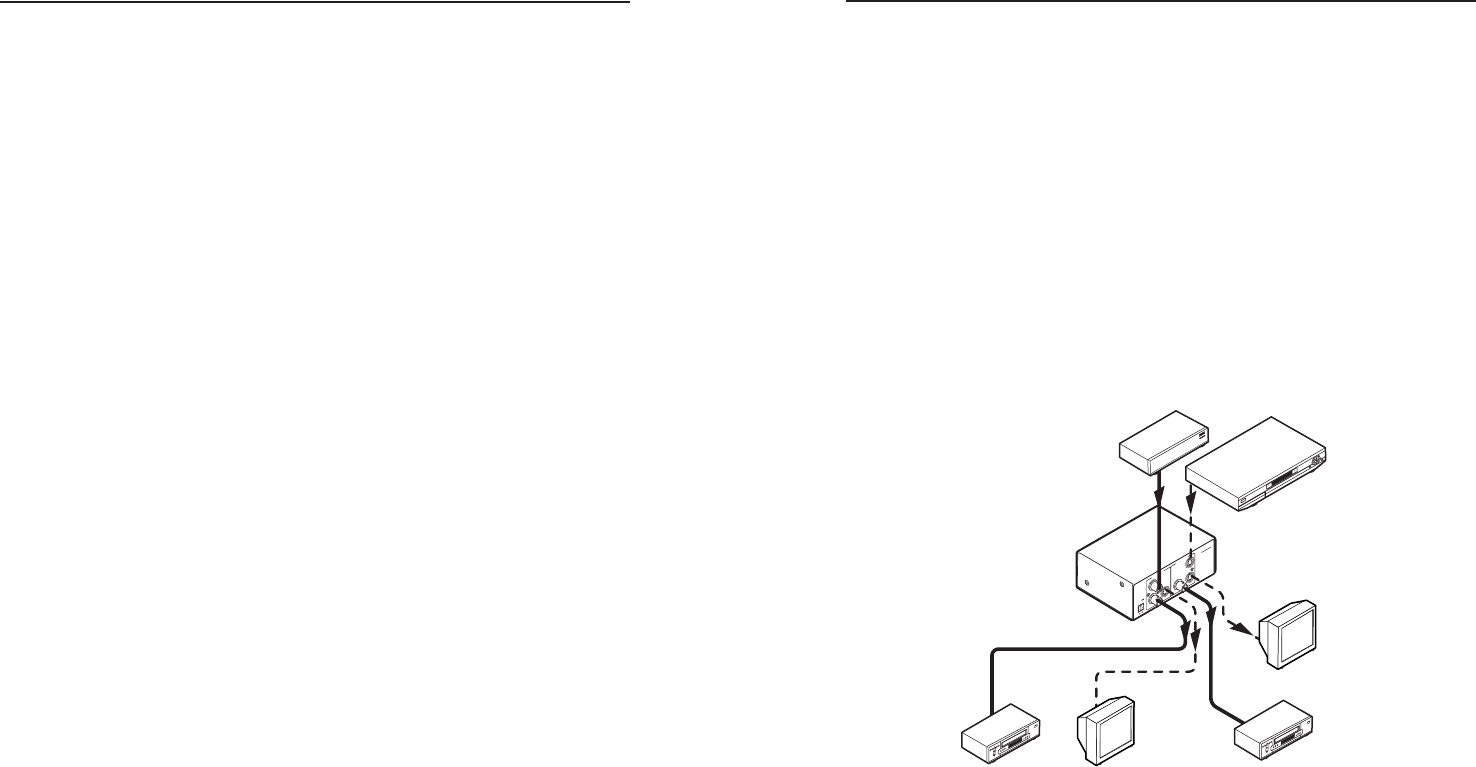
YCS 100 • Introduction
Introduction
YCS 100 • Introduction
1-31-2
Quad standard compatibility — The digital quad standard
decoder and encoder provide for universal compatibility.
Enclosure — The YCS 100 has a compact 1U high, ¼-rack wide,
3 inches deep Versatools
®
metal enclosure that can be
easily placed or mounted in a variety of locations.
Power supply — An external 12 VDC power supply with a
two-pin captive screw connector accepts 100 to 240 VAC.
The power supply input has single diode polarity
protection.
Rack, furniture, and projector mounting — The YCS 100 can be
mounted on a rack shelf, under a desk or podium, or on a
projector pole, with an optional mounting kit.
Application Diagram
The following diagram provides an example of how the YCS 100
may be connected.
DECODE
R
IN
IN
LOOP
LOO
P
OUT
OUT
ENCO
DER
POWER
Y
C
S
1
0
0
1
2
V
0
.
3
A
M
A
X
Cable Box
Composite
Extron
YCS 100
Video Encoder
and Decoder
DSS Receiver
S-video
VCR
Composite
Monitor
S-video
VCR
Composite
Monitor
S-video
Figure 1-1 — YCS 100 connection diagram
About this Manual
This manual contains information about the Extron
YCS 100 Transcoder, and discusses how to install, confi gure, and
operate it.
The terms “YCS 100,” “YCS,” and “transcoder” are used
interchangeably throughout this manual.
About the YCS 100
The Extron YCS 100 Transcoder has a composite video to
S-video (luminance [Y] and chrominance [C]) decoder and an
S-video to composite video encoder in one product. The high
performance digital decoder has a time base stabilizer that
corrects the jitter from VCR signals. A 5-line adaptive comb
fi lter performs the Y/C separation, virtually eliminating chroma
noise. Each input has its own individually buffered loop-
through signal.
The transcoder is compatible with NTSC 3.58, NTSC 4.43,
SECAM, and PAL standards.
Features
Digital decoding and analog encoding — The YCS 100 digitally
decodes (separates) the composite video input signal
into Y and C for S-video. It provides analog encoding
(combining) of the Y and C signals of S-video input into
composite video.
Time base stabilizer — The time base stabilizer (TBS) stabilizes
the video signal in the time domain. This results in a
signifi cantly more stable image on the screen and better
recording quality from input sources with unstable video
signals, such as consumer VCRs and worn or multi-
generation VHS tapes.
Input connectors — The decoder has one composite video
input on a female BNC connector. The decoder input
is buffered and looped through, also on a female BNC
connector.
The encoder has one S-video input on 4-pin mini DIN
connectors. The encoder input is buffered and looped
through, also on a 4-pin mini DIN connector.
Output connectors — The decoder has one S-video output
on a 4-pin mini DIN connector. The encoder has one
composite video output on a BNC connector.



